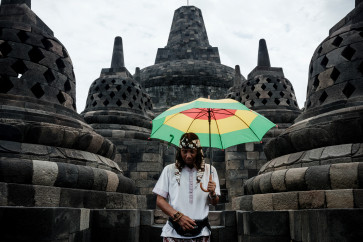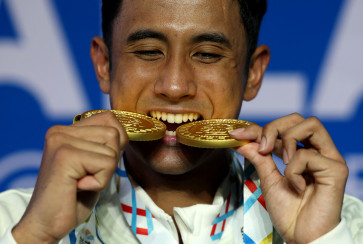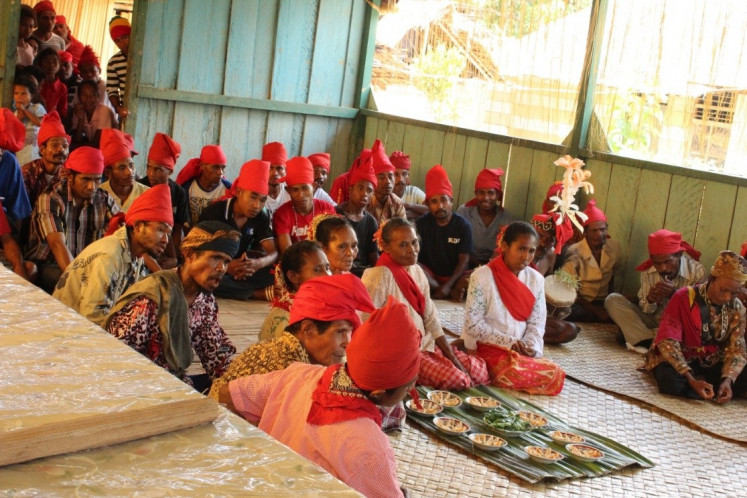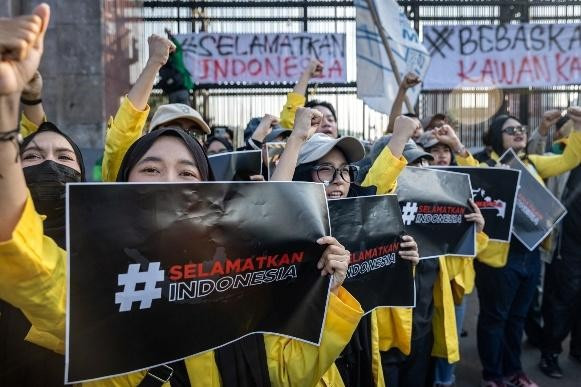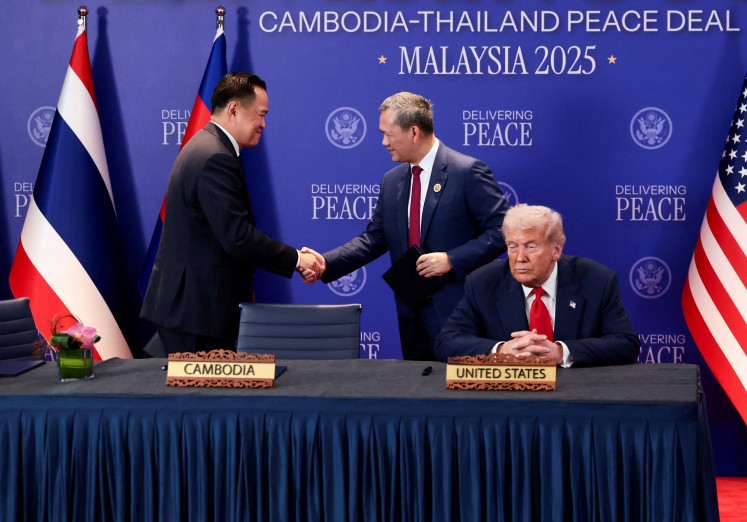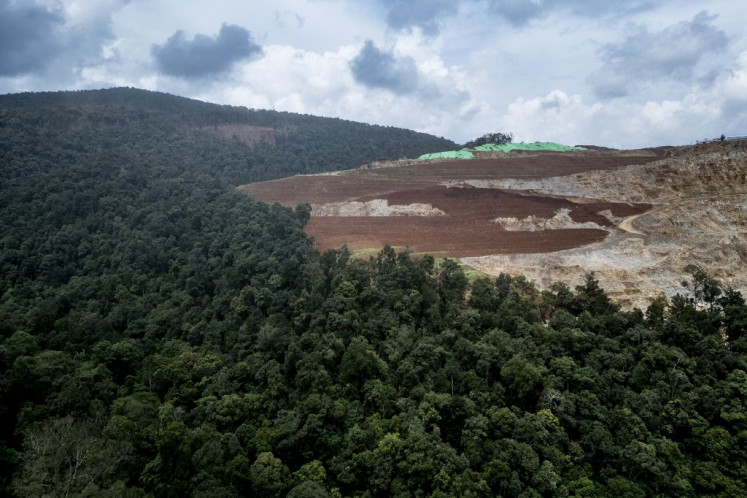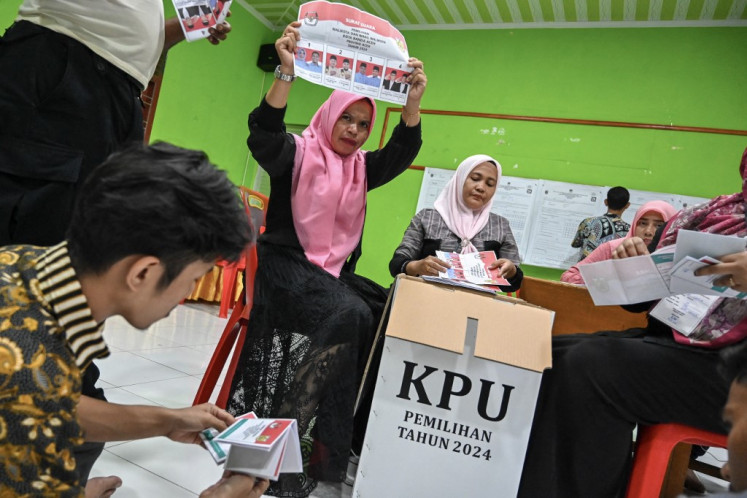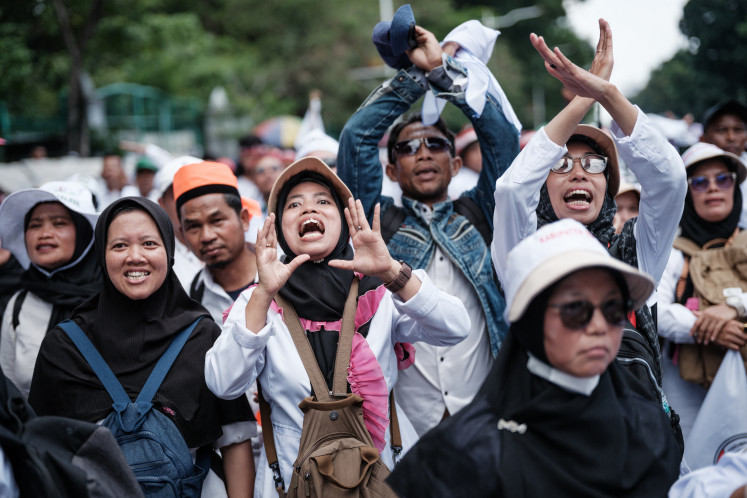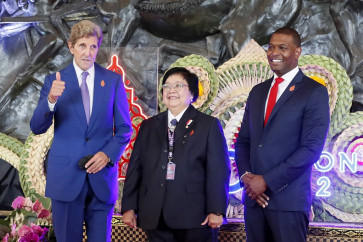Popular Reads
Top Results
Can't find what you're looking for?
View all search resultsPopular Reads
Top Results
Can't find what you're looking for?
View all search resultsKerry and climate fantasy: All politics is local
PLN would be the main conduit to actually change Indonesia into a renewable energy consumer, be it using wind, solar or geothermal.
Change text size
Gift Premium Articles
to Anyone
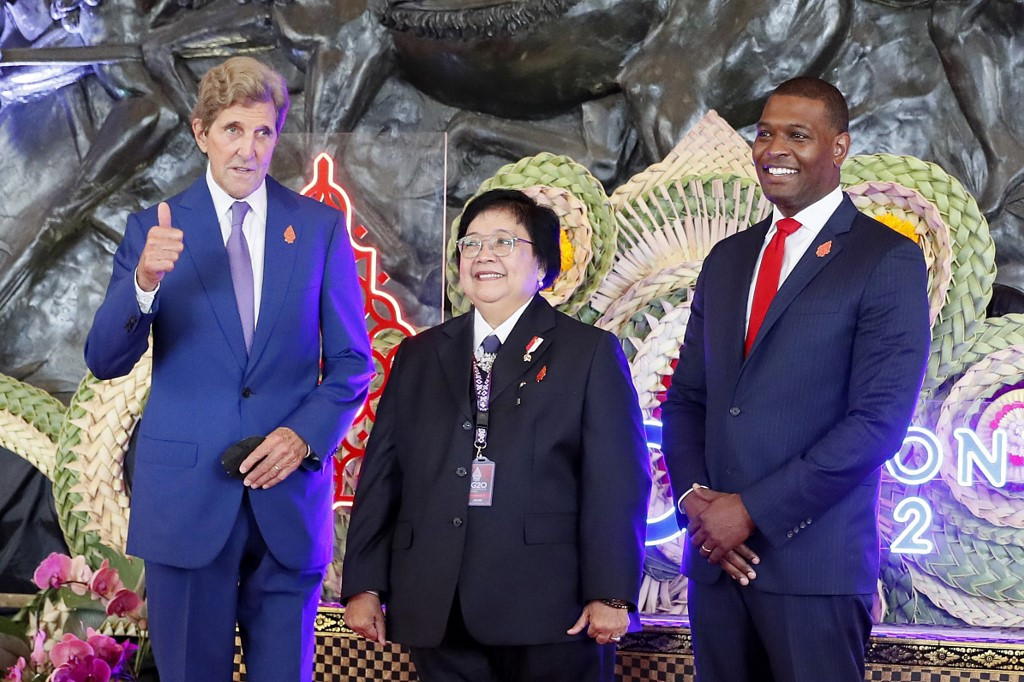 Environment and Forestry Minister Siti Nurbaya Bakar (center) greets Special United States Presidential Envoy for Climate John Kerry (left) and US Environmental Protection Agency Administrator Michael Regan (right) during the Group of 20 Environment and Climate Ministerial Meeting in Nusa Dua, Bali, on Aug. 31.
(AFP/Made Nagi)
Environment and Forestry Minister Siti Nurbaya Bakar (center) greets Special United States Presidential Envoy for Climate John Kerry (left) and US Environmental Protection Agency Administrator Michael Regan (right) during the Group of 20 Environment and Climate Ministerial Meeting in Nusa Dua, Bali, on Aug. 31.
(AFP/Made Nagi)
R
ecently John Kerry, United States President Joe Biden’s climate envoy, met with Coordinating Maritime Affairs and Investment Minister Luhut Pandjaitan. The purpose of his visit was to “mobilize [US] financial support for the [renewable] energy transition”. In other words, to give US money to Indonesia to change to renewable energy sources.
Unfortunately, Kerry’s vision is largely a pipe dream due to a lack of understanding of local on-the-ground politics. Climate change, while a planet-threatening public goods problem, simply cannot be solved at the macropolitical level (i.e. the imposition of foreign or extra-sovereign mandates).
It’s quite telling that Kerry did not meet with President Joko “Jokowi” Widodo, who around the same time, on Sept. 3, had just given orders to cut the fuel subsidy for Pertalite gasoline fuel and Solar diesel fuel, which would have definitely been pleasing to him. This raised the price on average for diesel from Rp 5,150 (35 US cents) to Rp 6,800, and Pertalite gasoline from Rp 7,650 to Rp 10,000 – about a 30 percent increase in each case.
The recent cutting of the fuel subsidy clearly shows how Indonesia’s high dependency on fossil fuels directly impacts everyone. Removing the subsidy will only increase inflation and contribute to social unrest. A reality check: the fuel subsidy was never for electric cars. It is for fossil-fueled vehicles, which drive Indonesia’s economy.
There are many technical and nontechnical issues that stand out in getting Indonesia to move from fossil fuels to renewables. These issues cannot be dealt with by politicians at the supranational level (i.e. the World Bank, the Asian Development Bank or Paris Agreements), and throwing money at the problem without addressing them is nonsensical.
I note that these issues do not only affect Indonesia, but many developing countries with massive state-owned energy industries that are hooked on the carbon model: EGAT in Thailand, ESKOM in South Africa, Petronas in Malaysia, Petrobras in Brazil and, of course, the twin poster state-owned monopolies for Indonesia, PLN for electricity and Pertamina for oil and gas.
PLN would be the main conduit to actually change Indonesia into a renewable energy consumer, be it using wind, solar or geothermal. That has not been forthcoming for the past several years, does Kerry think the ship can be righted on a dime with mere national mandates? Consider some premier domestic energy issues, that Luhut should have pointed out but probably didn’t – instead, it seems was a meeting of clinking glasses and fist bumps to make Indonesia a renewable powerhouse.



